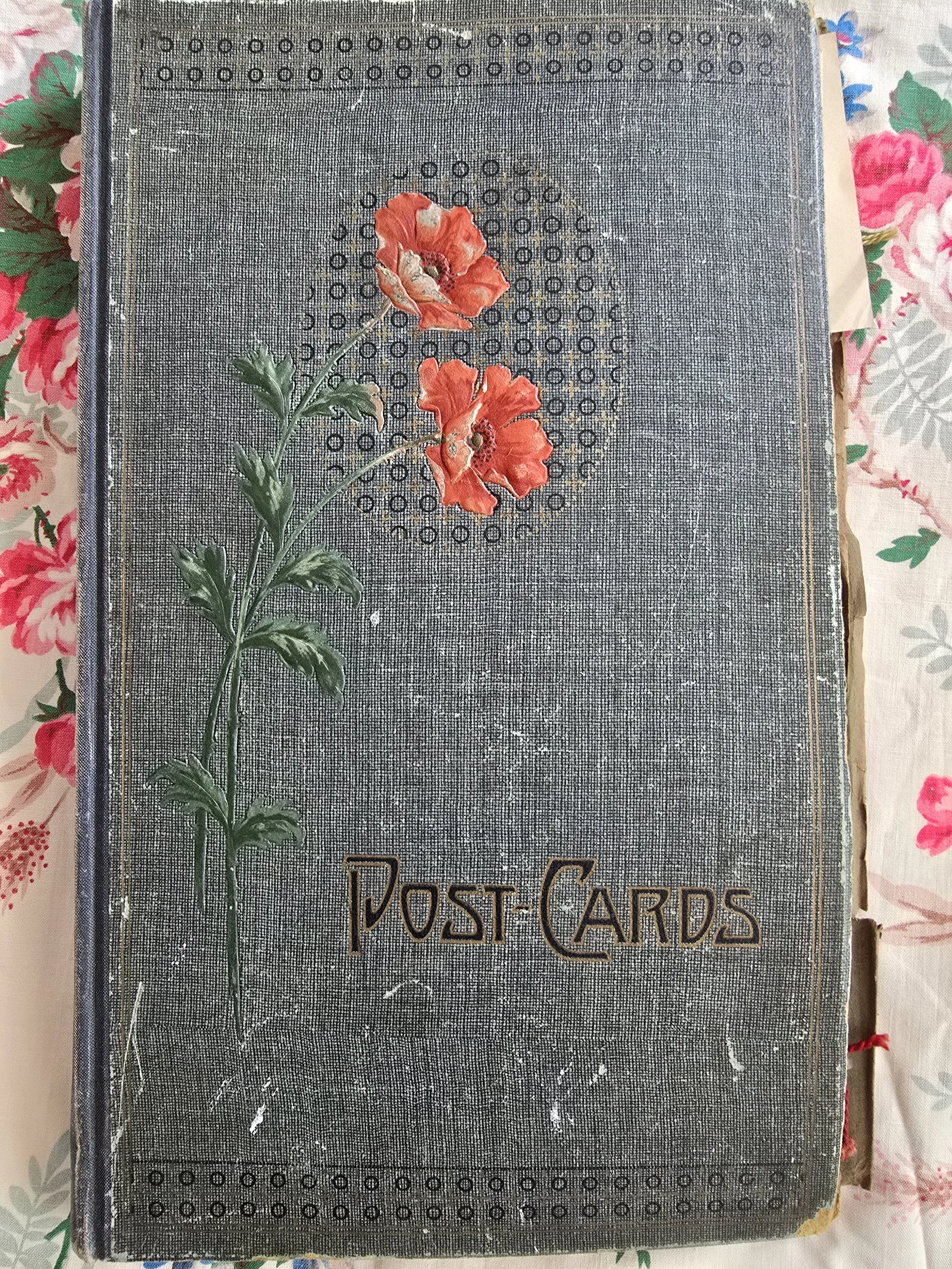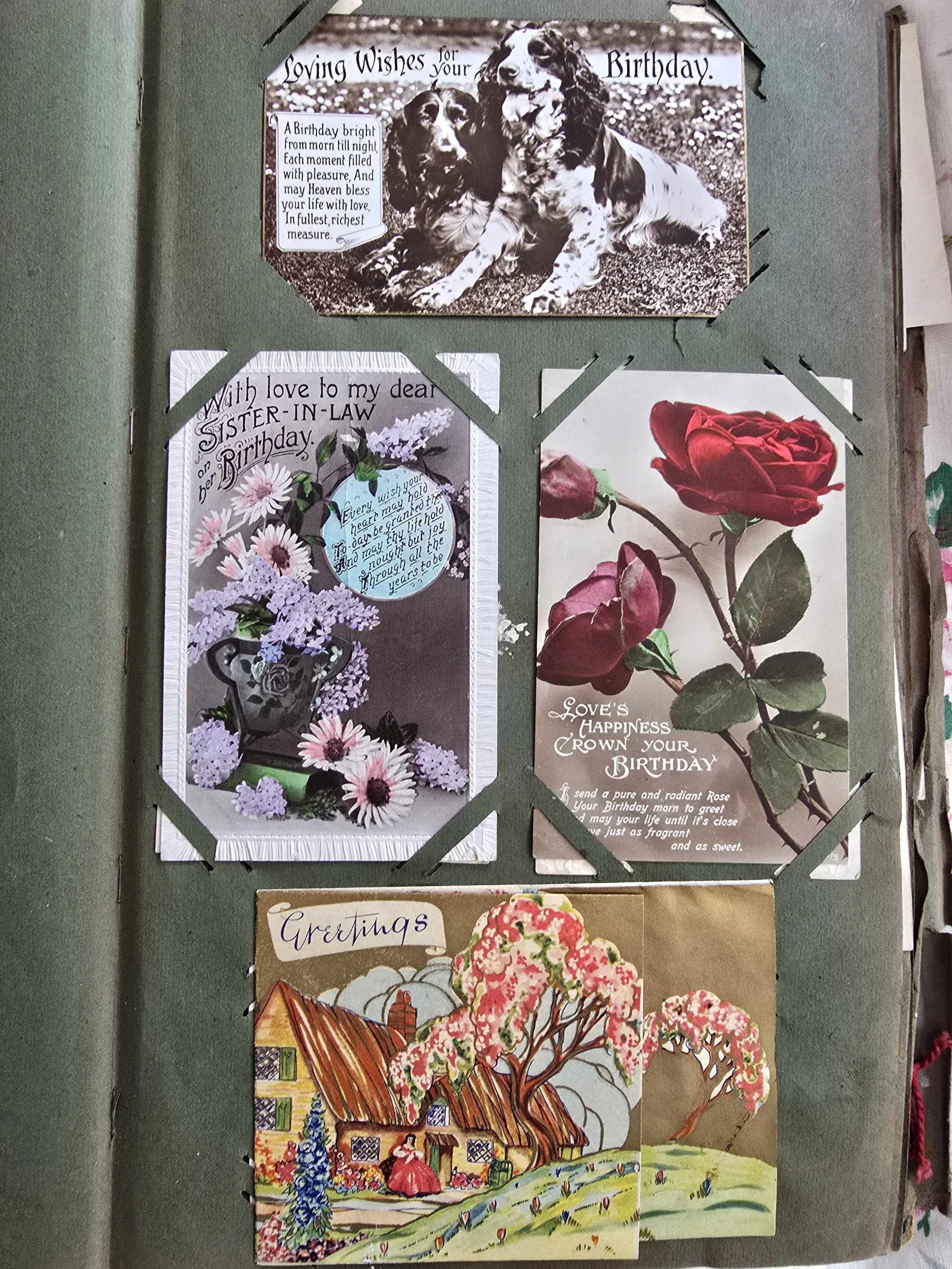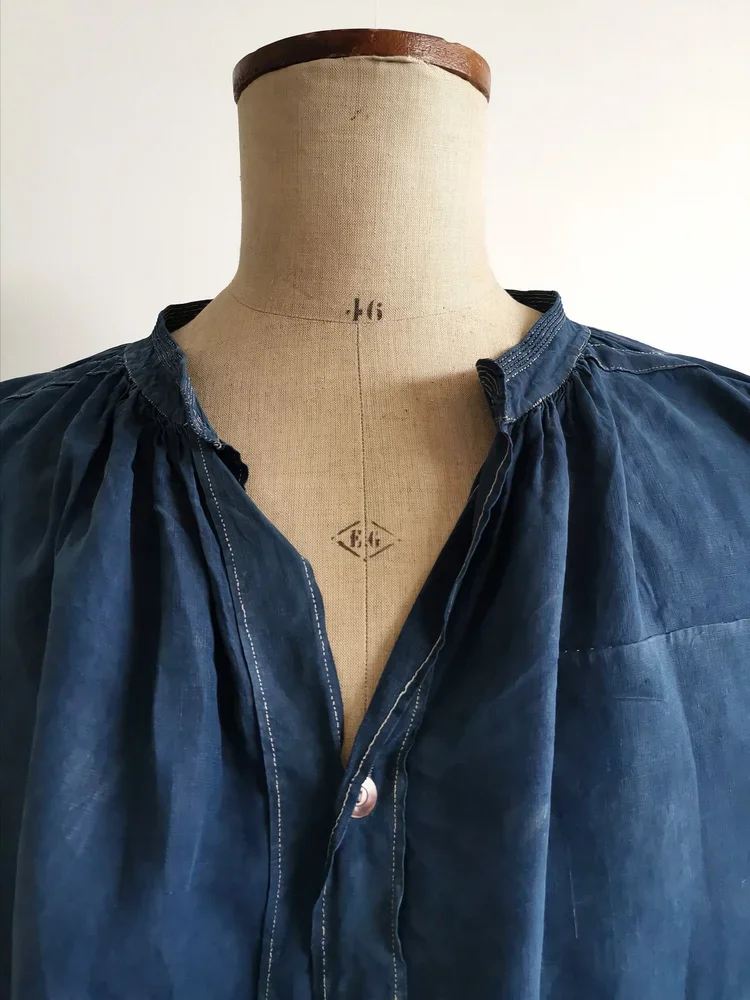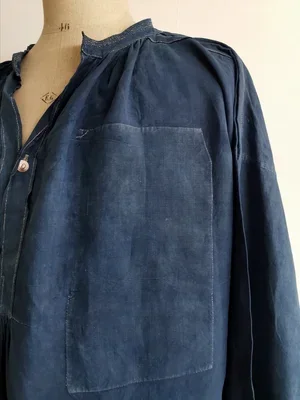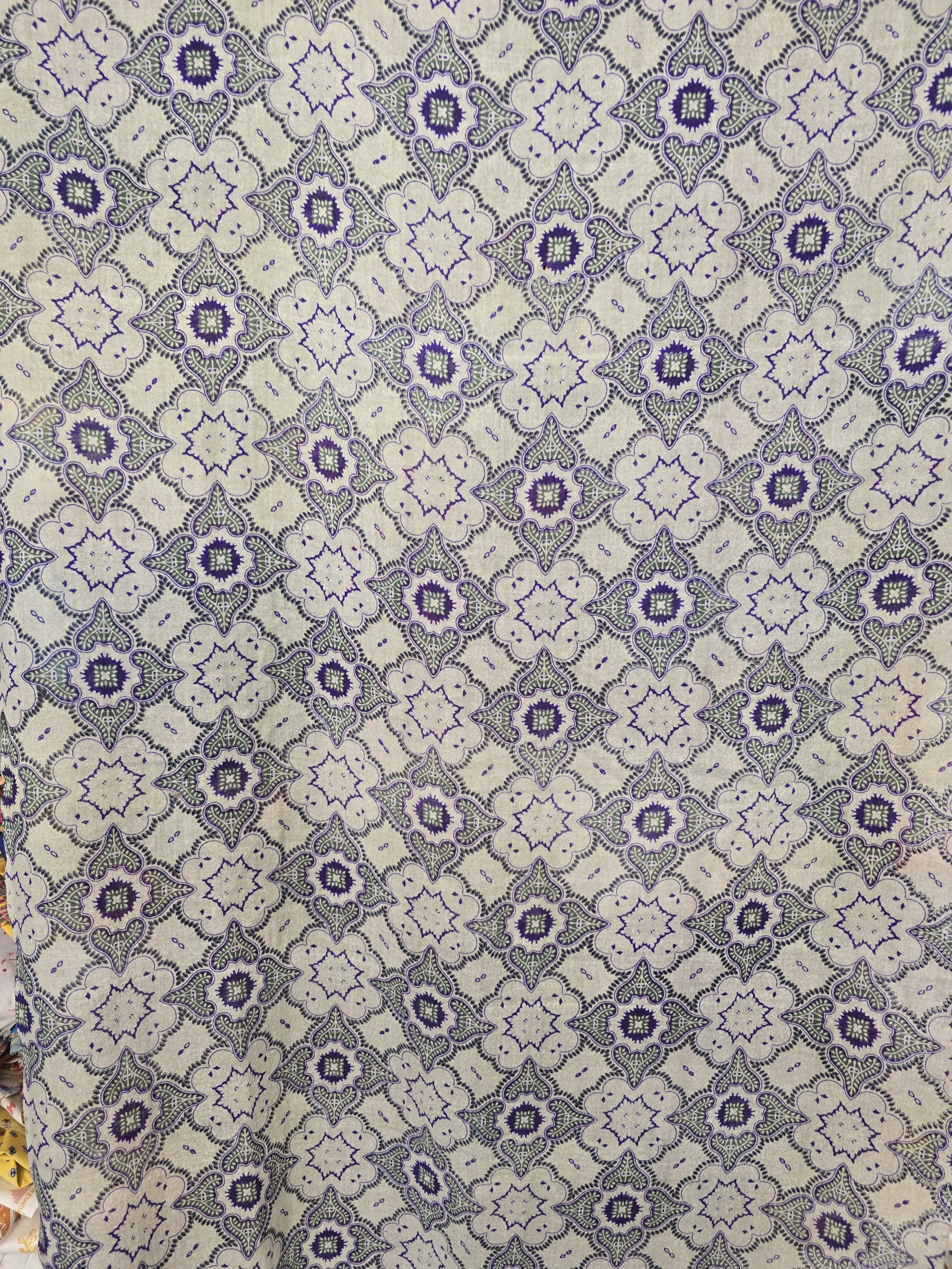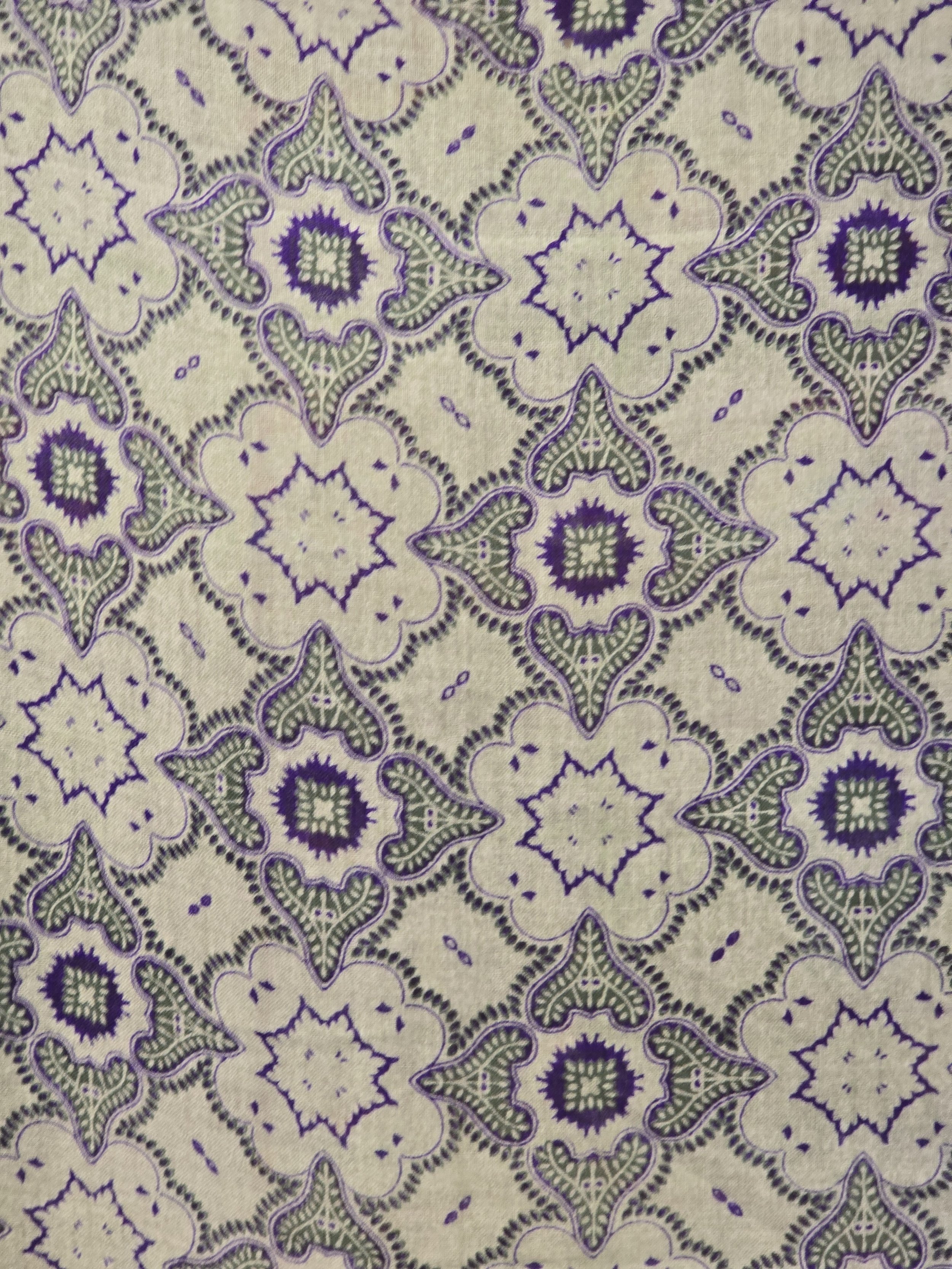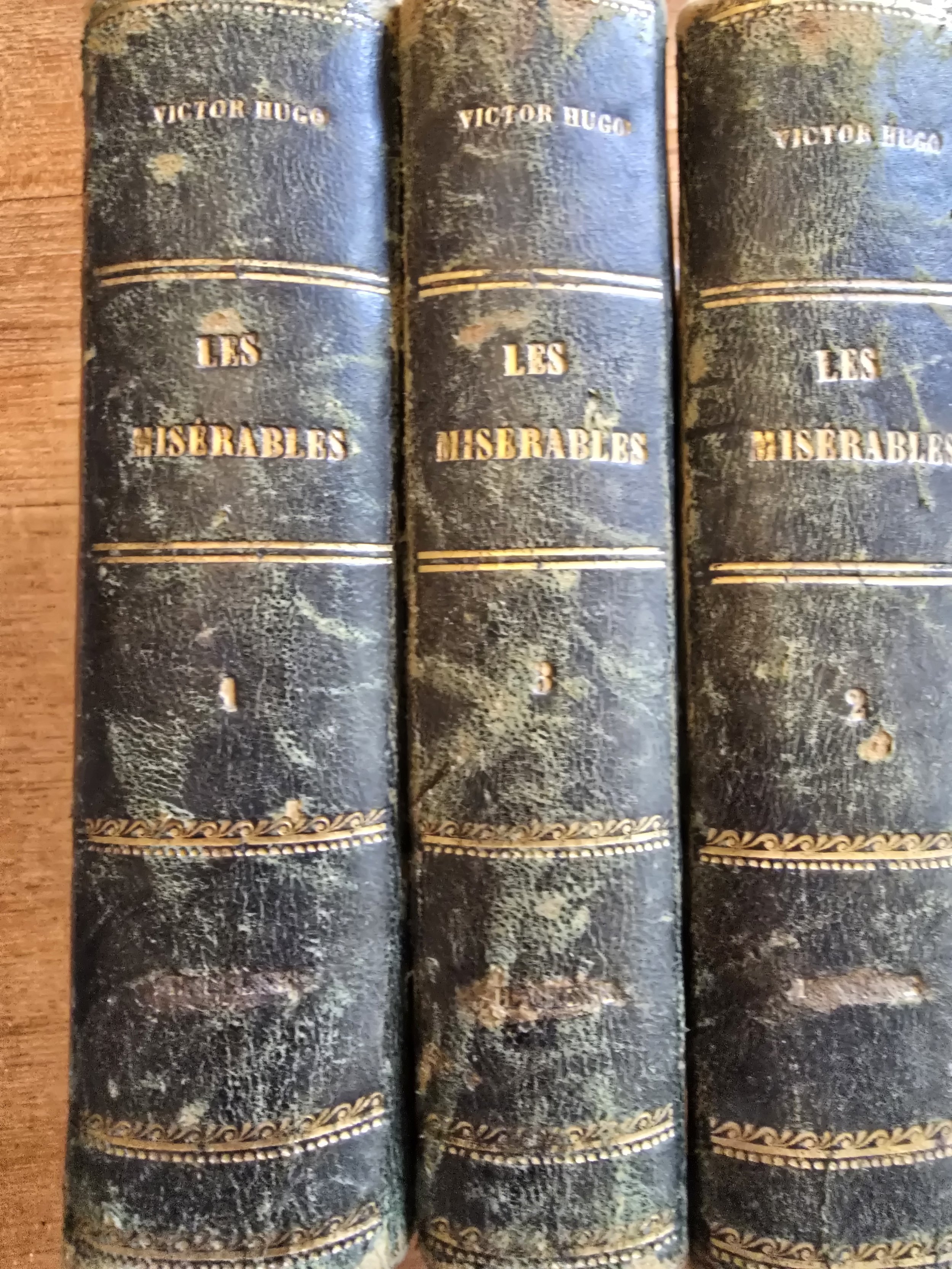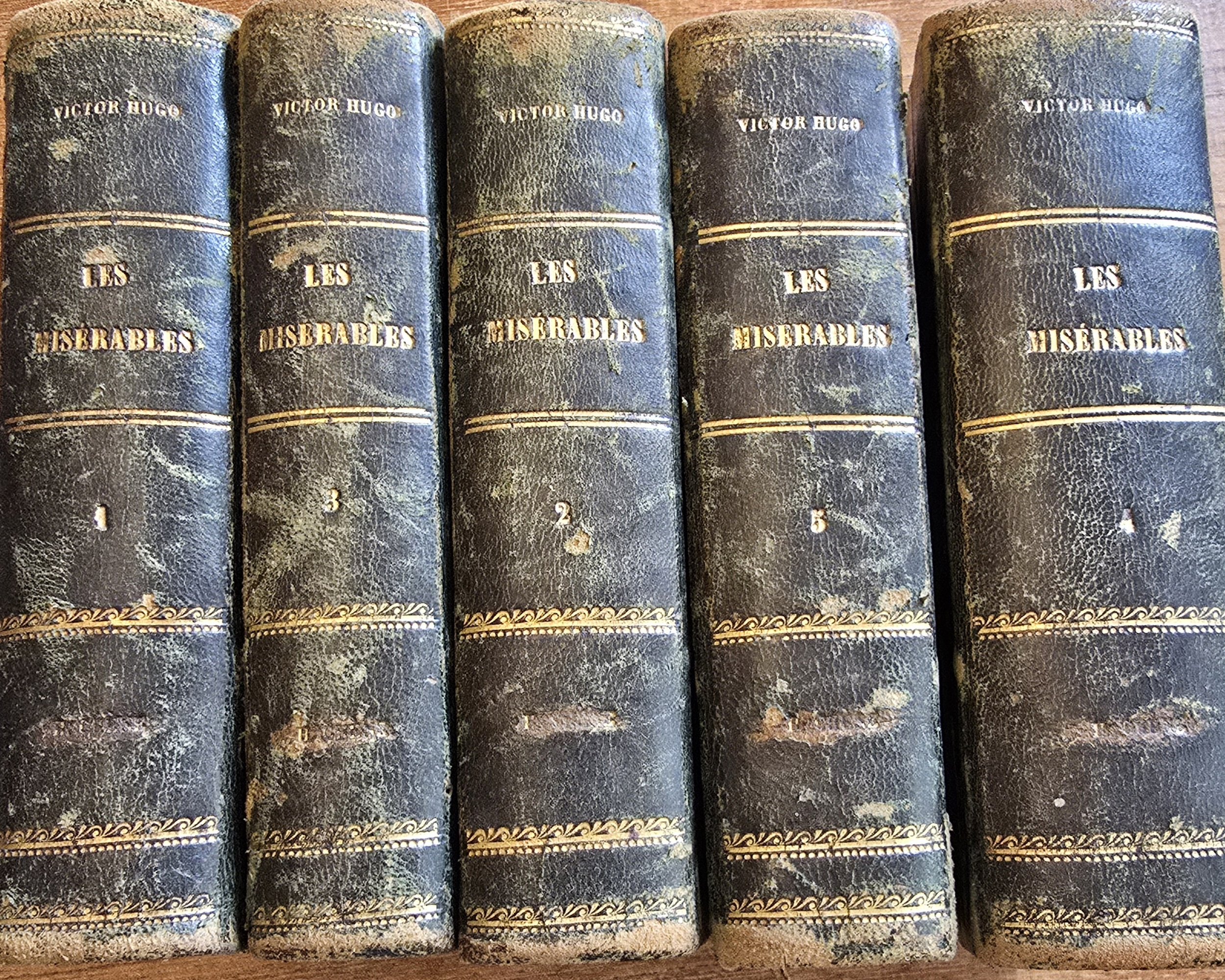Antique Charles Greber Wood-Fired Ceramic Trio, 1910 Beauvais France
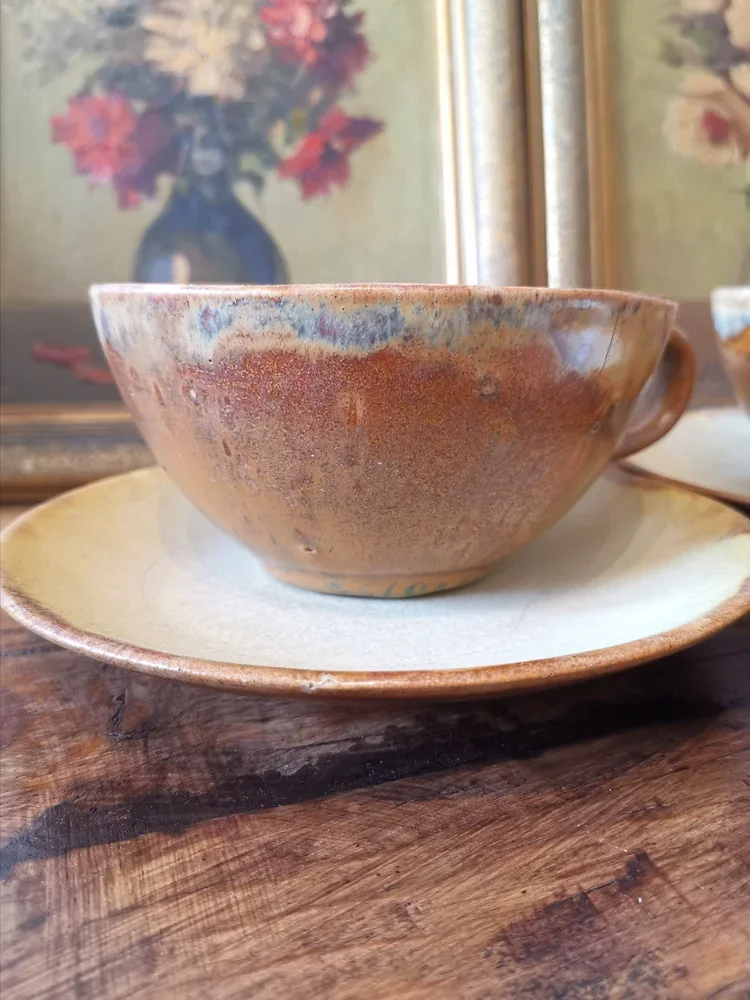




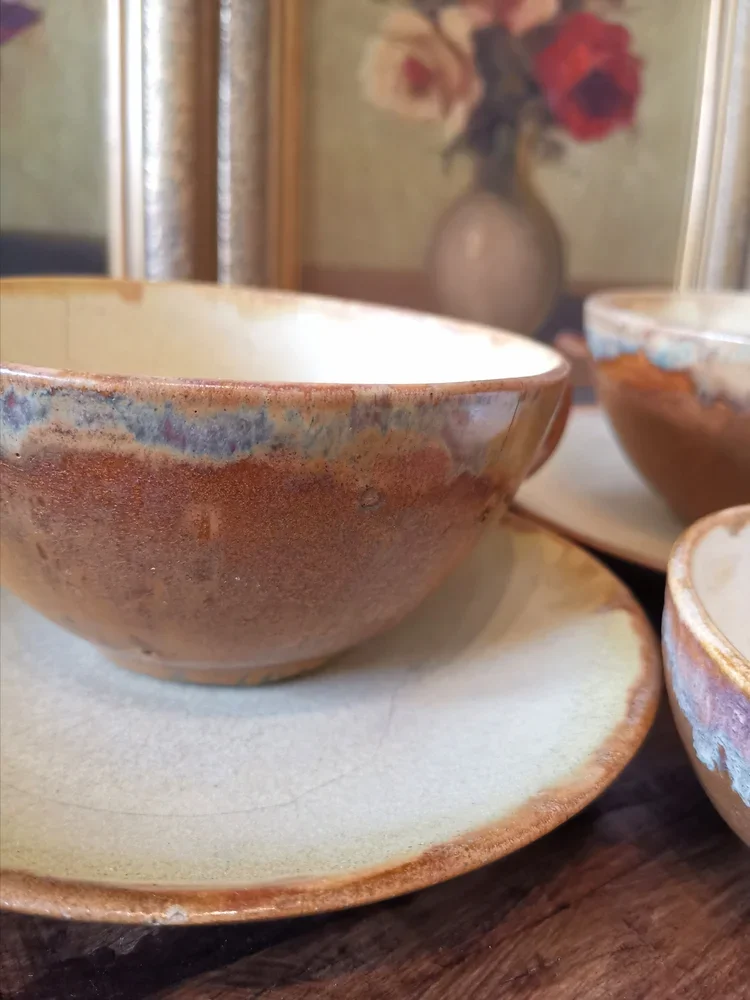
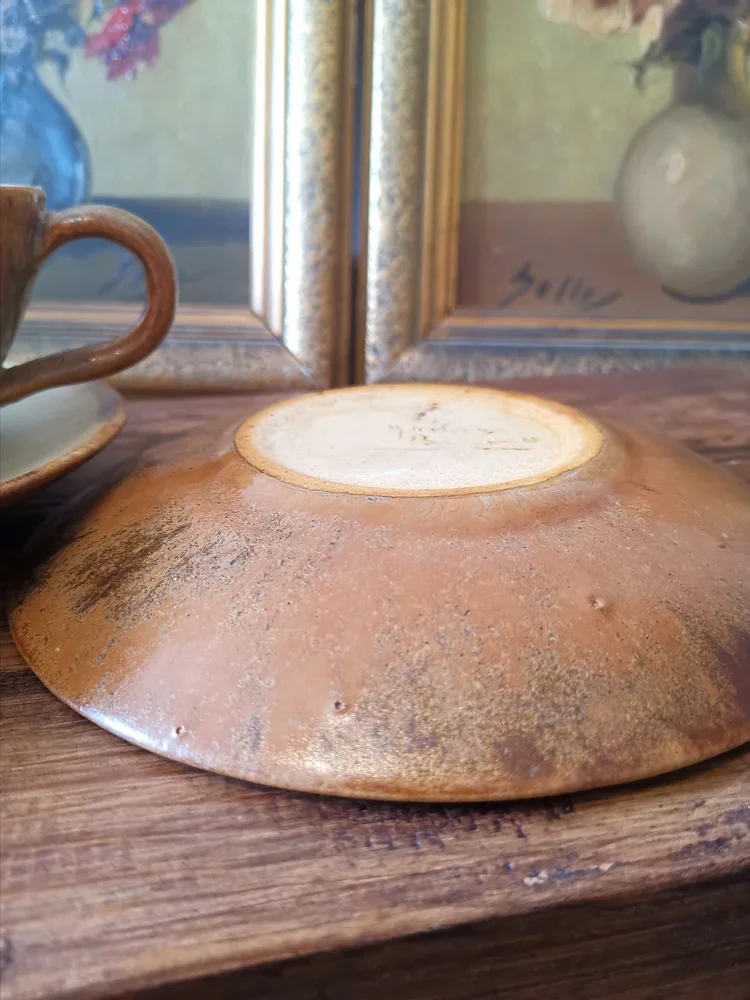

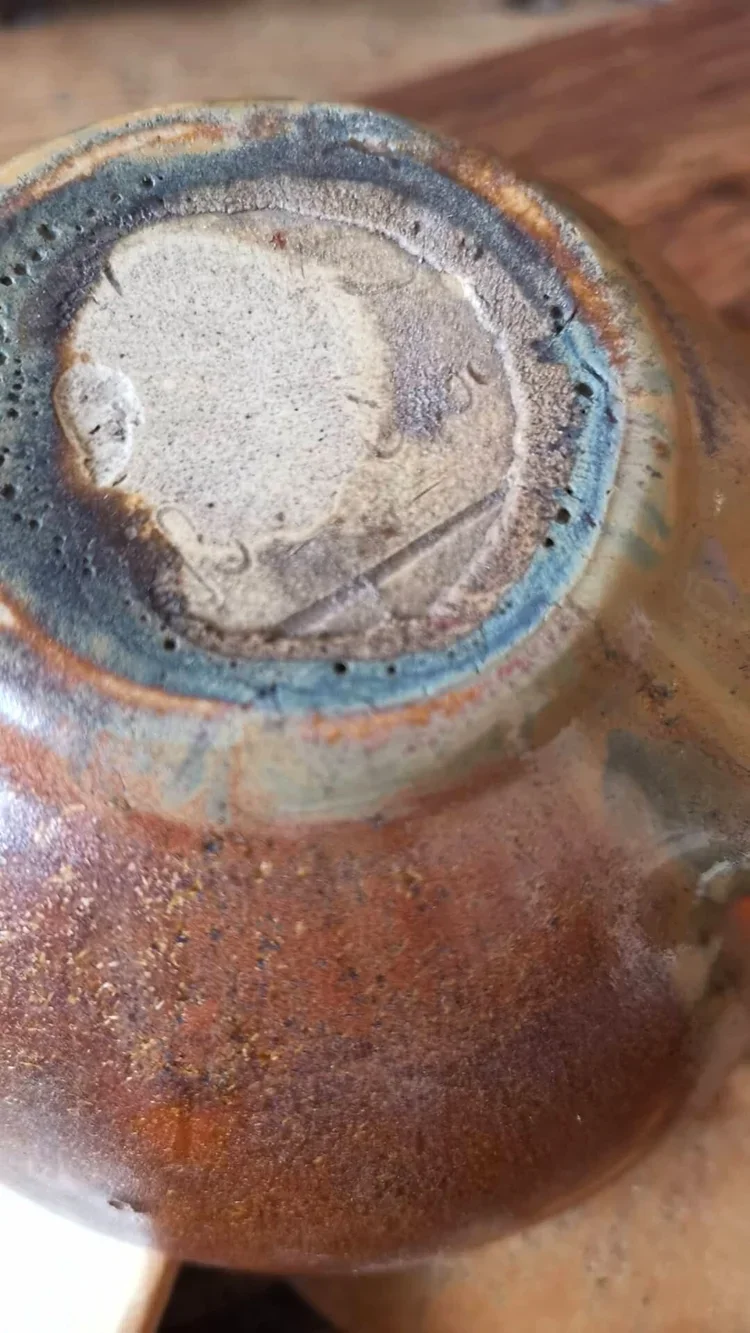
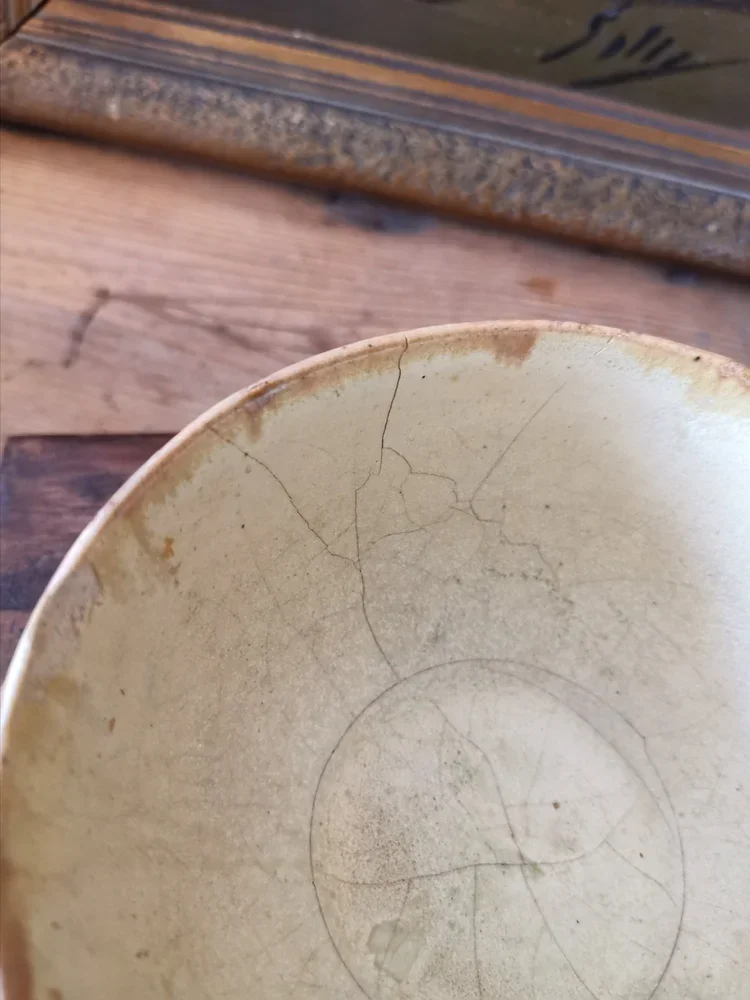
Antique Charles Greber Wood-Fired Ceramic Trio, 1910 Beauvais France
A rare signed ceramic trio by Charles Greber, master of wood-fired French stoneware.
Organic textures, smoke-fired glaze, and early 20th-century artistry in your hands.
An exquisite and uncommon find from Beauvais, this early 1900s trio by Charles Greber (1853–1935) embodies the quiet drama of wood-fired ceramics. The set includes two teacups with matching saucers and a small sugar bowl, each shaped by hand and signed beneath with Greber’s mark, though softened with time and glaze. The earthy palette ranges from warm ochres and rust tones to soft, smoky greys and hints of celadon where the glaze pools and breaks.
Made circa 1910, the pieces show classic signs of wood firing: subtle variation in surface texture, fine pitting, and the shadowed bloom of kiln ash and flame paths. One cup has visible hairline cracks and the bowl shows all-over crazing, adding to the aged beauty. These are best suited for display or occasional, gentle use.
The shapes are simple and functional, yet the glaze and firing process elevate them into sculptural objects with real presence. Whether on an open shelf or as part of a larger ceramics collection, they whisper of early studio pottery, of the Japoniste influence, and of makers who left their hand in the clay.
Origin: Beauvais, France
Maker: Charles Greber (signed)
Date: Circa 1910
Materials: Wood-fired stoneware with natural ash glaze
Condition: Crazing and hairlines consistent with age and firing method, one cup has internal cracks but remains intact. Best for decorative use.
Measurements:
Cups: 8 cm high x 12 cm wide
Saucers: 17 cm diameter
Sugar bowl: 6 cm high x 10 cm wide
A rare opportunity to collect a historic French ceramic studio piece, full of quiet soul and fire-wrought elegance.
The Story Behind the Clay
Long before your eye falls on a crackled glaze or a signature on the base, the story of Charles Gréber is already burning in the background. It begins not with him, but with a sculptor, Johann Peter Gréber, an Austrian who came to France in 1846 and set down roots in Beauvais. By 1866, he had built the town’s first stoneware factory, lighting the first fire in what would become one of France’s great ceramic dynasties.
Charles was born into clay. As a boy, he learned the language of the kiln: how to turn earth into form, how to read flame, how to wait. By the time he took over the family factory in 1899, he wasn’t just producing stoneware. He was transforming it.
These weren’t everyday pots. This was flamed stoneware, grès flammé alive with colour, chemistry, and a kind of alchemy that made each piece unpredictable. Smoke trailed across surfaces like the tail of a comet. Iron pooled and cooled in pockets of bronze, ash kissed the edges into turquoise blush. No two firings were the same, and that was the point.
Image: Chatsam, CC BY-SA 3.0 via Wikimedia Commons
He worked during a time of change. Art Nouveau was blooming in Paris, nature, fluidity, organic form, and Gréber absorbed it all. He let it twist through his glazes and climb across the surfaces of his architectural ceramics: ivy, pine, lizards, lilies. He built up Beauvais brick by brick with ceramic façades and tiled fireplaces. His house, still standing. is clad in his own flamed stoneware, crawling with roses and salamanders, a living gallery of his life's work.
But he wasn’t only a dreamer at the wheel. He was savvy. His work straddled both studio and industry. He made grand exhibition pieces and accessible wares. He popularised colour in architecture, and brought ceramics off the shelf and onto the walls of French homes.
Today, what survives are fragments, vases, tiles, teacups, platters. And with them, the evidence of hands that knew when to hold back and when to let the flame take over.
This trio, two cups and a sugar bowl, is one of those fragments. Signed. Fired over a century ago. Quietly powerful. Still glowing.
From Beauvais to now, it holds its warmth.


